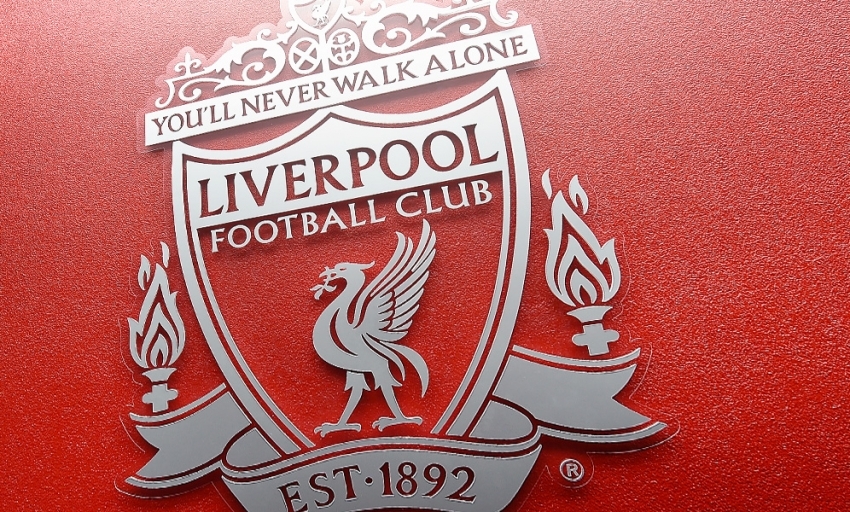Hillsborough inquests - June 4
The Hillsborough inquests commenced on March 31, 2014 and are the subject of reporting restrictions that have been imposed by the Attorney General's office. Liverpool Football Club is respectful of these restrictions and will therefore only be making available updates from other media channels for the duration of the inquest.

To view archive reports from each day of the inquest hearings, click here.
Courtesy of Press Association - June 4
A structural engineer has denied he was among "a number of people" who were trying to distance themselves from knowing there were potential safety problems at Hillsborough before the 1989 disaster, in which 96 Liverpool fans were killed.
John Strange told the inquest into the deaths that he was opposed to a number of changes to the stadium layout in the 1980s but admitted he did nothing at the time.
He was employed by Sheffield Wednesday's safety consultants Eastwood and Partners owned by Dr Wilfred Eastwood who the jury has heard he referred to as "God".
The court has heard that numerous alterations were made to the ground from 1981 onwards but its safety certificate, awarded in 1979, had never been altered.
The Leppings Lane terrace, scene of the fatal crush, was divided into three separate pens by lateral fences in 1981 following a crush at that year's FA Cup semi-final between Spurs and Wolves in which 38 people were injured.
It was further divided into five pens following a request from the police in 1985.
Throughout those changes the capacity for the Leppings Lane terrace remained at 10,100.
Jonathan Hough, counsel for the inquest, asked Mr Strange if he was concerned that the safety certificate "seemed to be out of step with reality".
He agreed the capacity needed readjusting but he would not do so without being asked by Dr Eastwood.
He was of the opinion that the safety certificate was "a living document" which he assumed someone was updating.
The jury has heard that Mr Strange was "dissatisfied" that dedicated entrances for particular parts of the terrace were not introduced which would have allowed numbers going in to be monitored.
He was also not happy about the removal of a crush barrier, which in effect created a diagonal "corridor" down the terraces to a barrier which collapsed in the 1989 FA Cup semi-final between Liverpool and Nottingham Forest.
Mr Strange agreed with Mr Hough there was no record of his opposition at the time and that he deferred to his boss who he said "was one of the most eminent engineers in the country, if not the world".
He said: "I am just one of his employees. So in relation to him I am just a minion and would not challenge him at all. If you challenged him he'd make life very difficult for you. Primarily because he had a financial hold over you and your family."
Peter Wilcock, representing some of the victims' families, asked the witness: "I have no doubt as a decent human being you have been racking your brains to see whether with the benefit of hindsight you did everything you could have done to make this ground safe."
Mr Strange replied: "If certain steps had been taken we would not be here today."
The court heard that Mr Strange had not given evidence at the 1989 Taylor Inquiry into the deaths or the previous inquest, but he had been interviewed recently by officers from Operation Resolve - the criminal investigation into the disaster.
Mr Strange accepted that the task of Eastwood and Partners was to ensure that Hillsborough was a safe place for football spectators, regardless of the problems of hooliganism at that time.
Mr Wilcock put it to the witness: "Is it the case that you are among a number of people trying to distance yourself from knowing that there was a real problem with potential overcrowding and there had been crushing in the Leppings Lane end from as early as the Spurs-Wolves match in 1981."
Mr Strange replied: "No sir."
The witness explained the removal of a crush barrier following the introduction of the five pens in the Leppings Lane should have led to a reduction in standing capacity because of fears it could lead to overloading on other barriers.
He said he would have made his objections known to Dr Eastwood but he did not have the authority to have the final say.
Mr Wilcock said: "You let the danger exist. You let the situation develop." Mr Strange said: "He was my boss."
The barrister said: "He was your boss but you were a qualified structural engineer. You are not a babe in arms."
The witness replied: "When he said something you did as you were told. You had no option."
Mr Wilcock continued: "Even if it put someone's life at risk?" Mr Strange said: "He is the boss."
The barrister asked: "Do you regret it now?"
"In hindsight," replied the witness.
The barrister suggested that the attitude of the firm was "woefully lax" in relation to the safety certificate.
Mr Strange said: "Not personally. It was the responsibility of Dr Eastwood."
Mr Wilcock said: "You must have some responsibility?" The witness said: "Yes, by telling Dr Eastwood."
Mr Wilcock said: "Dr Eastwood can do whatever he likes to put people at risk and you will not intervene, is that your evidence?"
"Yes," said Mr Strange.
The jury was told while being interviewed by Operation Resolve officers that he agreed if Dr Eastwood "had told you to jump out of the window you did not ask him to open it first".
Dr Eastwood is not well enough to attend the inquest in Warrington.
The hearing continues.



